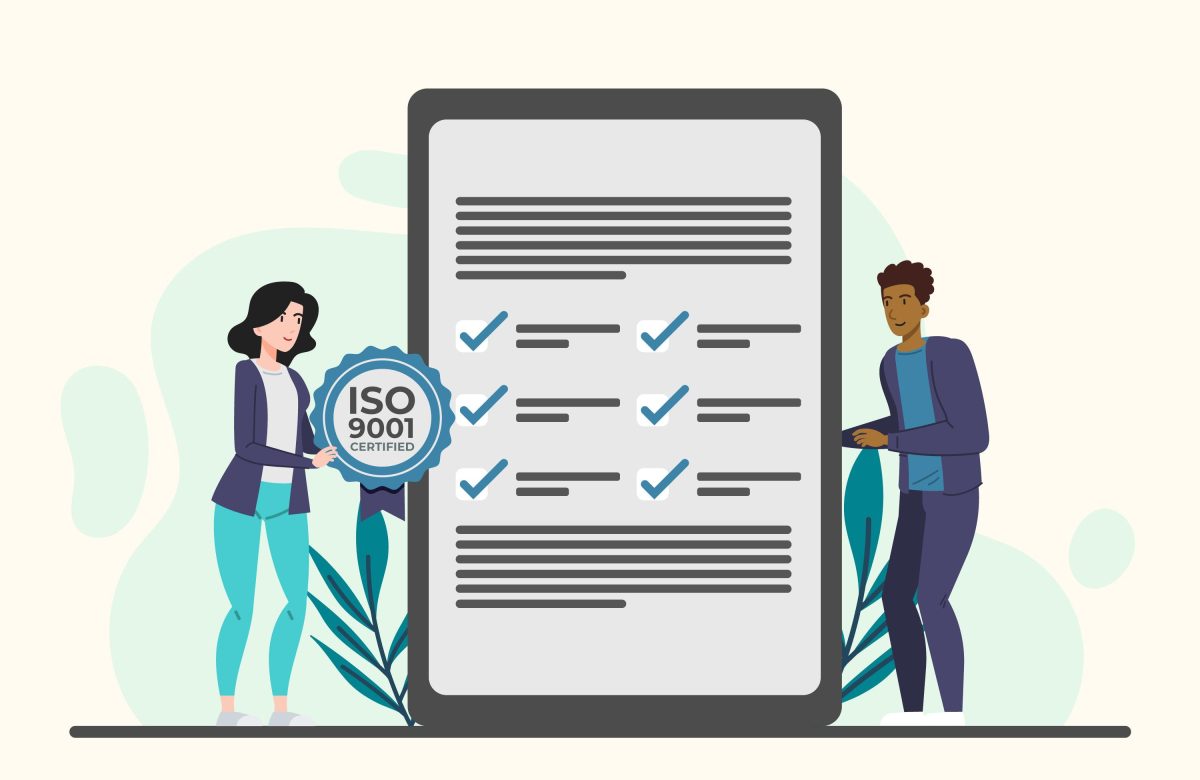How to develop a successful referral ambassador strategy

In the world of marketing, word-of-mouth recommendations and personal endorsements hold immense power. Leveraging your satisfied customers as referral ambassadors can be a game-changer for your business. A well-designed referral ambassador strategy not only drives new leads but also nurtures stronger brand loyalty and trust. In this blog, we’ll delve into the art of developing a successful referral ambassador strategy and outline the key steps to turn your customers into enthusiastic advocates.
Understanding the Referral Ambassador Strategy
A referral ambassador strategy involves leveraging your existing customers to actively promote your products or services to their networks. These customers become advocates, using their positive experiences to attract new business and increase brand visibility.
Step 1: Define Clear Objectives
Begin by defining clear and specific objectives for your referral ambassador strategy. Are you aiming to boost sales, increase brand awareness, expand your customer base, or all of the above? Setting measurable goals helps guide your strategy and assess its effectiveness.
Step 2: Identify Your Ideal Referral Ambassadors
Not all customers are equally inclined to become referral ambassadors. Identify the customers who are highly satisfied, engaged, and have a network that aligns with your target audience. These individuals are more likely to authentically endorse your brand.
Step 3: Build Strong Relationships
Effective referral ambassador strategies are built on strong relationships. Nurture meaningful connections with your customers by providing exceptional service, personalized interactions, and consistent engagement. A strong bond increases the likelihood of them advocating for your brand.
Step 4: Create a Clear Value Proposition
Outline the benefits of becoming a referral ambassador compellingly. Communicate how their involvement will positively impact them, such as exclusive rewards, recognition, or the satisfaction of helping others discover valuable products or services.
Step 5: Offer Incentives
Provide incentives that motivate customers to participate in your referral program. These incentives can take the form of discounts, exclusive offers, freebies, or even monetary rewards for successful referrals. Effective incentives make the program mutually beneficial.
Step 6: Provide Easy Referral Tools
Simplify the referral process for your ambassadors. Provide user-friendly tools such as referral links, personalized codes, or shareable content that makes it effortless for them to introduce your brand to their network.
Step 7: Educate and Empower Ambassadors
Equip your ambassadors with the information they need to confidently promote your products or services. Provide them with product knowledge, talking points, and resources that enable them to effectively convey the value of what you offer.
Step 8: Leverage Multiple Channels
Diversify the channels through which ambassadors can refer others. Include social media, email, word-of-mouth, and even offline events or workshops. The more options available, the higher the chances of reaching a wider audience.
Step 9: Create Engaging Content
Provide ambassadors with engaging content that resonates with their network. This could include testimonials, success stories, videos, or informative blog posts. Compelling content makes their endorsements more persuasive.
Step 10: Monitor and Track Results
Implement a system to monitor and track the results of your referral ambassador program. Measure the number of referrals, conversion rates, and the overall impact on your business. This data helps you assess the program’s effectiveness and make informed adjustments.
Step 11: Recognize and Reward
Regularly recognize and reward your referral ambassadors for their efforts. Highlight their achievements on your social media platforms, website, or newsletters. Public recognition not only shows appreciation but also encourages others to join the program.
Step 12: Foster a Community
Create a sense of community among your referral ambassadors. Establish a platform where they can connect, share experiences, and exchange insights. A strong community fosters a sense of belonging and encourages active participation.
Step 13: Encourage Feedback
Seek feedback from your referral ambassadors about their experiences with the program. Understand their perspectives, challenges, and suggestions for improvement. Their insights can help refine your strategy and enhance the program’s impact.
Step 14: Continuously Optimize
A successful referral ambassador strategy is not static. Continuously optimize your approach based on the data, feedback, and changing market dynamics. Adapt to emerging trends and technologies to keep your program fresh and relevant.
Step 15: Communicate Results
Share the success stories and outcomes of your referral ambassador program with both participants and your broader audience. Demonstrating the positive impact encourages ongoing engagement and highlights the value of being an advocate.
In conclusion, a well-developed referral ambassador strategy harnesses the power of customer advocacy to drive growth, increase brand loyalty, and create a network of enthusiastic promoters. By identifying the right ambassadors, providing incentives, offering valuable resources, and fostering a sense of community, you can transform satisfied customers into active advocates who champion your brand. Remember, the genuine endorsements of your ambassadors have the potential to resonate far beyond your marketing efforts, creating a ripple effect that influences purchasing decisions and elevates your brand’s reputation.




